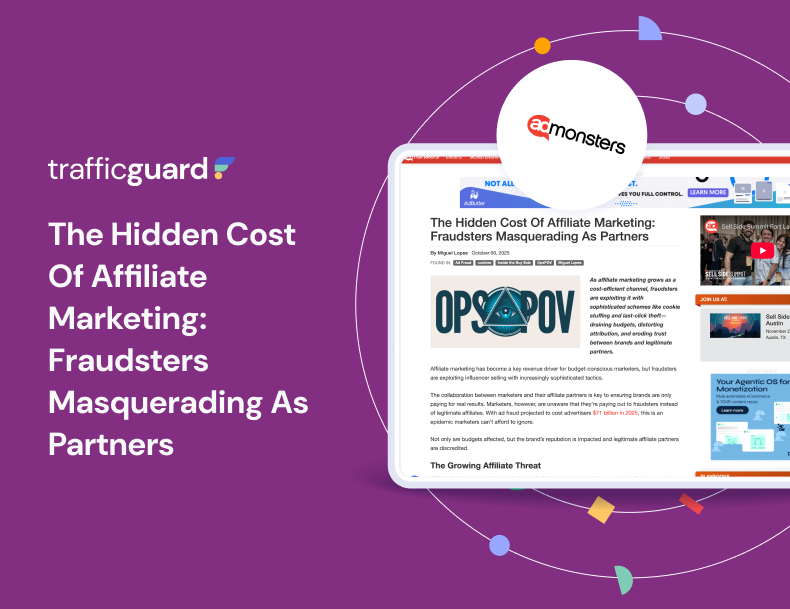Why E-commerce Growth in Asia Pacific is Slowing Down

Are online shoppers’ sentiments changing, or are we at another inflection point in e-commerce?
Other than Singles Day 11.11, the Asia Pacific region has in recent years been experiencing a boom in online shopping over the festive shopping season – including Mega Sales Days on Black Friday, Cyber Monday, 12.12, and Christmas and New Year shopping events
Data from TechCrunch highlight record-breaking purchase statistics and interesting consumer insights during Mega Sales events from Thanksgiving and Black Friday in 2022. Key highlights include:
- Shoppers spent US$5.29 billion online during Thanksgiving, up 2.9% on a year ago, and ahead of the $5.1 billion
- Black Friday broke $9 billion in sales for the first time, with online sales of $9.12 billion – a record figure for the day, and up 2.3% on sales figures a year ago
- Mobile devices are playing a bigger role – a record 48% of all e-commerce sales on Black Friday were made on smartphones (versus 44% in 2021)
- Boom of Buy-Now-Pay-Later (BNPL): Black Friday saw BNPL orders shoot up 78%, and they are up 81% by sales figures, compared to the same day in the previous week
However, sentiments this year seem a little different from the high-growth trends witnessed the last few years.
While e-commerce remains robust, an analysis of sales data gathered from 100+ brands over a 24 hour period on 11 November 2022 and 11 November 2021 across online marketplaces such as Shopee, Lazada, Zalora, Blibli, qoo10 and Tokopedia – in South-east Asian markets including, Indonesia, Malaysia, the Philippines Singapore, Thailand and Vietnam – we can see a general downward trend in the growth in e-commerce.
Maybe it’s indicative of inflation in the region. Maybe with less pandemic-related restrictions, online shopping isn’t growing as much as during the COVID-19 pandemic – a result of ‘revenge’ mall visits. Or could there be other reasons?
DigiconAsia gathered some answers and perspectives from three industry experts…
Luke Taylor, Founder, TrafficGuard:
The upside in SEA is that there have been 60 million new digital consumers since the pandemic started, however “the irony” is the damage that mega-sales have created for shoppers. Shoppers lose focus with so many additional shopping fares such as Valentine’s day, (double digital days) 3.3, 7.7, 9.9, 10.10, and other fares in between disrupt the cycle or need for consumers to wait and camp for sales and deals. The perception that there is an always-on sale for this brand – it doesn’t give the same excitement to push consumers to purchase on 11:11.
Focus on full-funnel, not just lower funnel:Targeting just key dates for 11:11 is a short-term push. With so many brands offering sales, building a strong online presence through an always-on approach is essential — experimenting on media mix from social (creators + social ads) /affiliate programs, search paid ads, mobile app, partnership with key ecommerce platforms.
Read more 👉 here.
Get started - it's free
You can set up a TrafficGuard account in minutes, so we’ll be protecting your campaigns before you can say ‘sky-high ROI’.
At TrafficGuard, we’re committed to providing full visibility, real-time protection, and control over every click before it costs you. Our team of experts leads the way in ad fraud prevention, offering in-depth insights and innovative solutions to ensure your advertising spend delivers genuine value. We’re dedicated to helping you optimise ad performance, safeguard your ROI, and navigate the complexities of the digital advertising landscape.
Subscribe
Subscribe now to get all the latest news and insights on digital advertising, machine learning and ad fraud.







